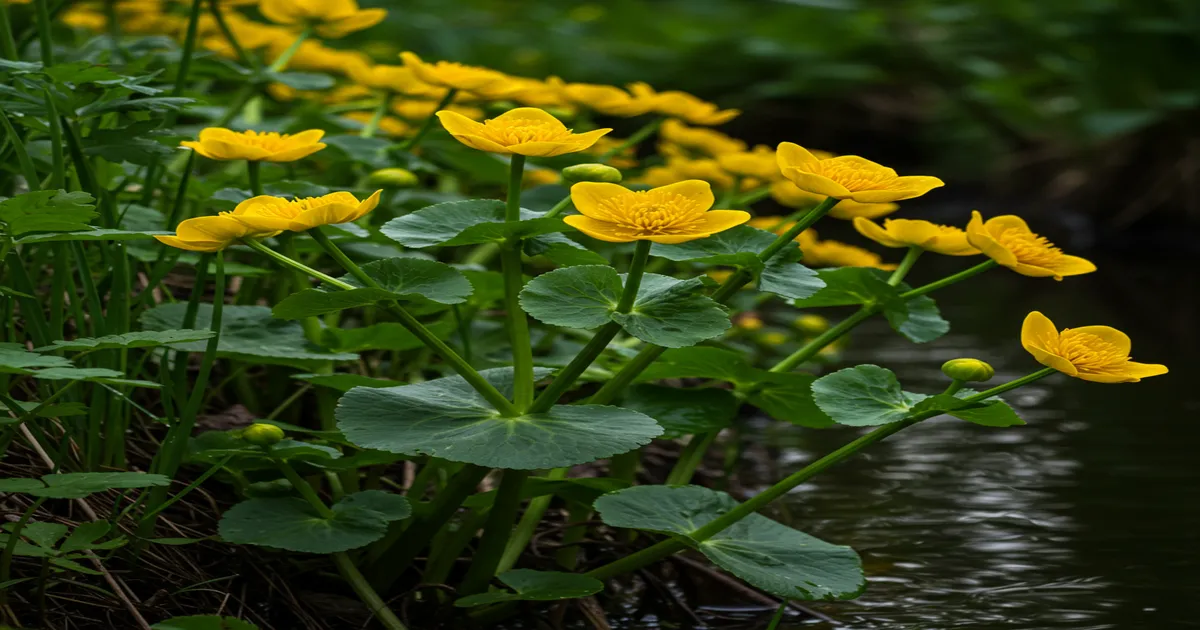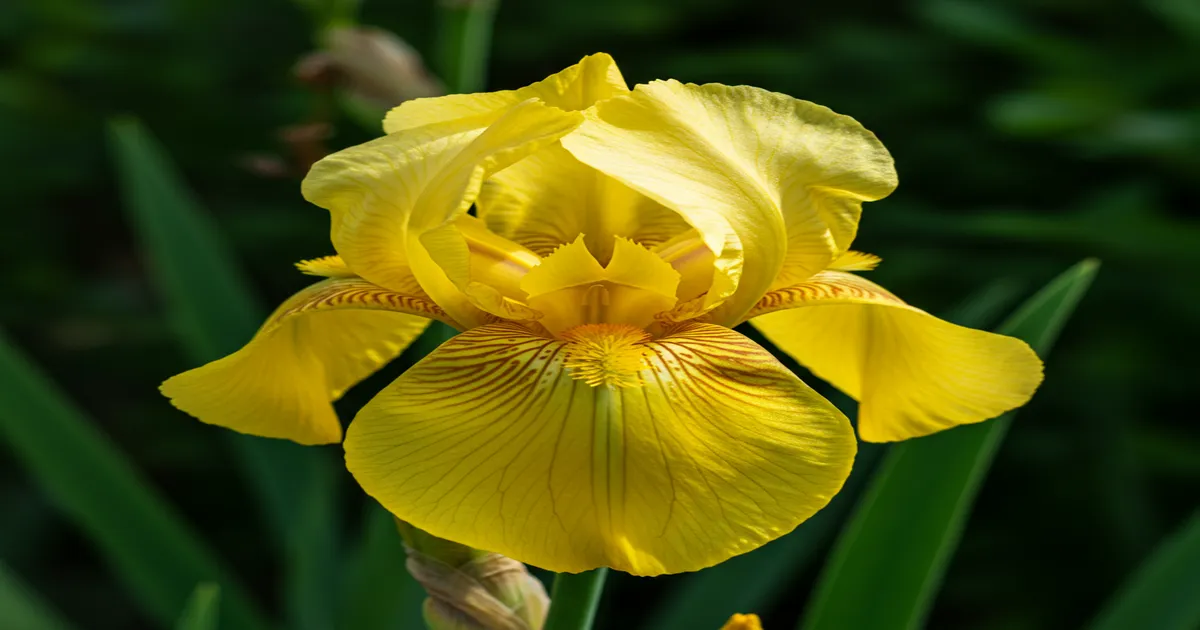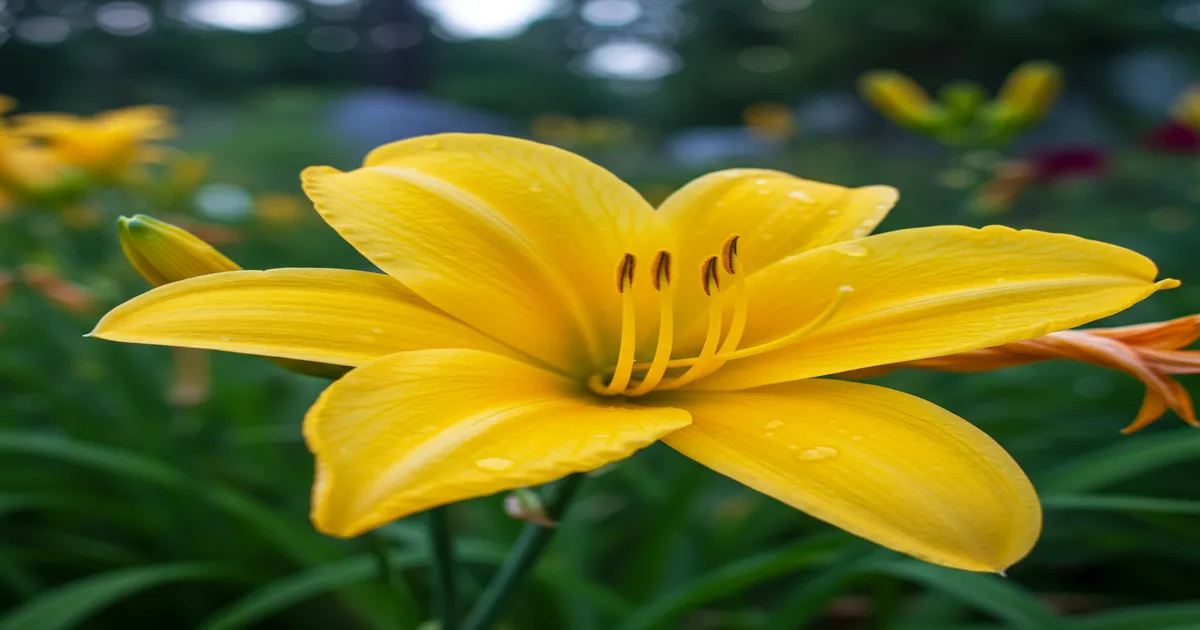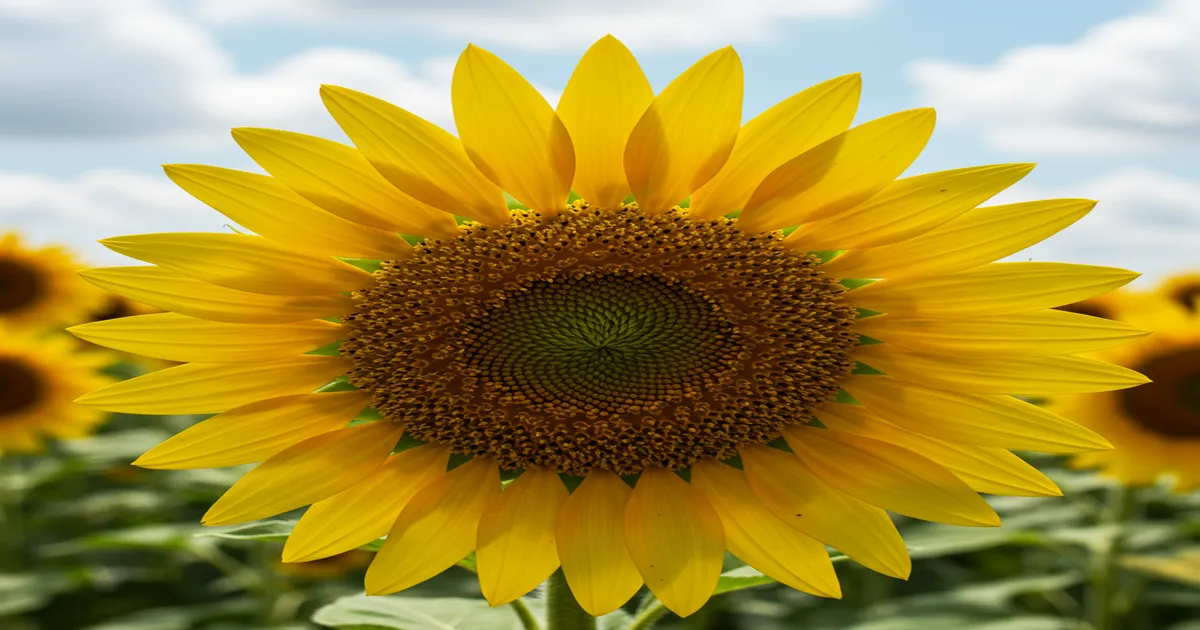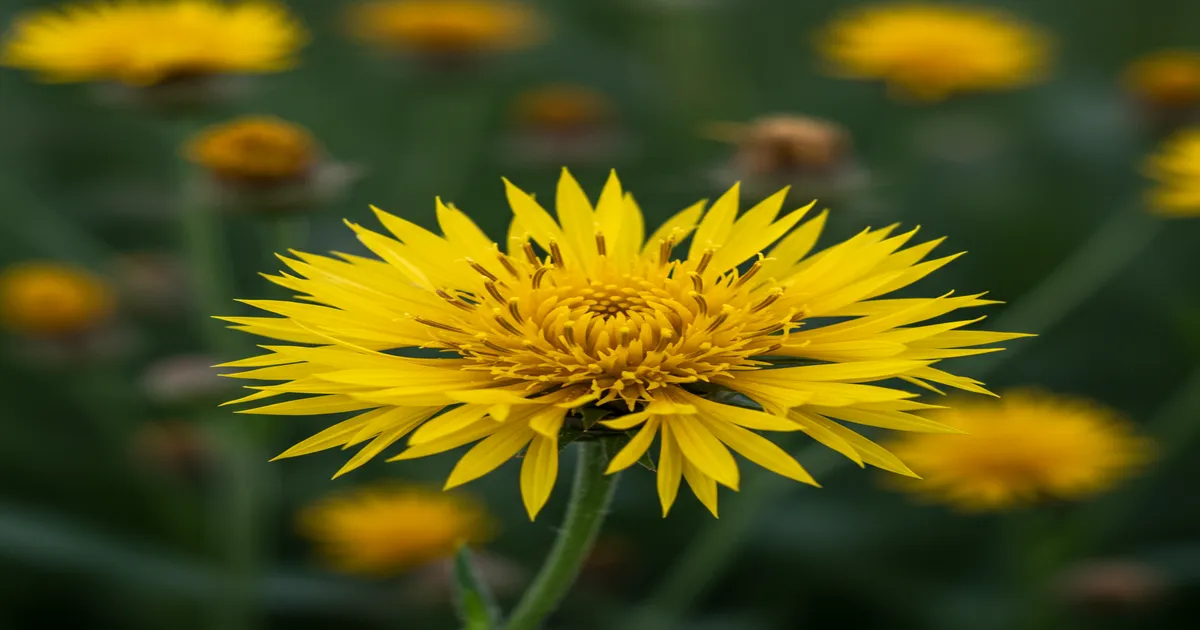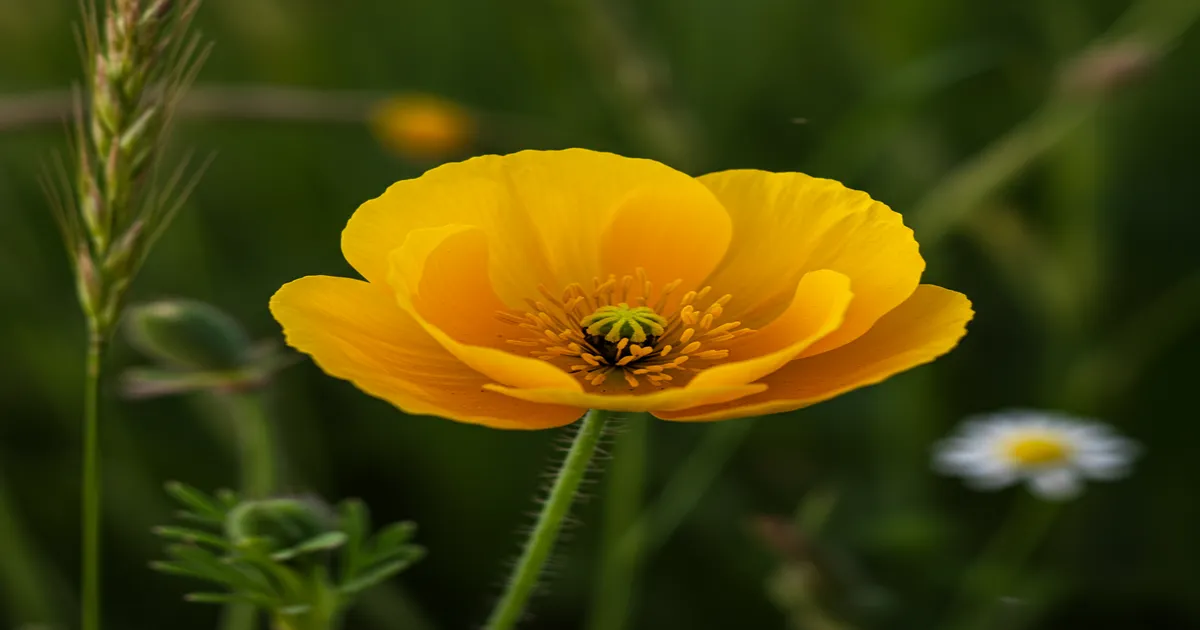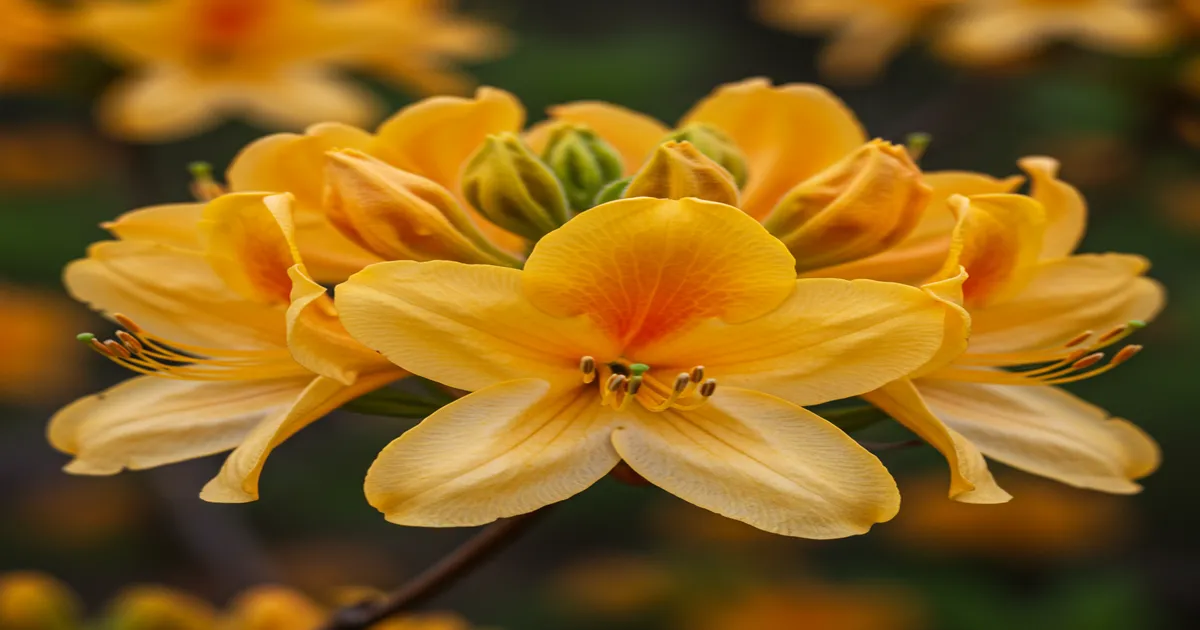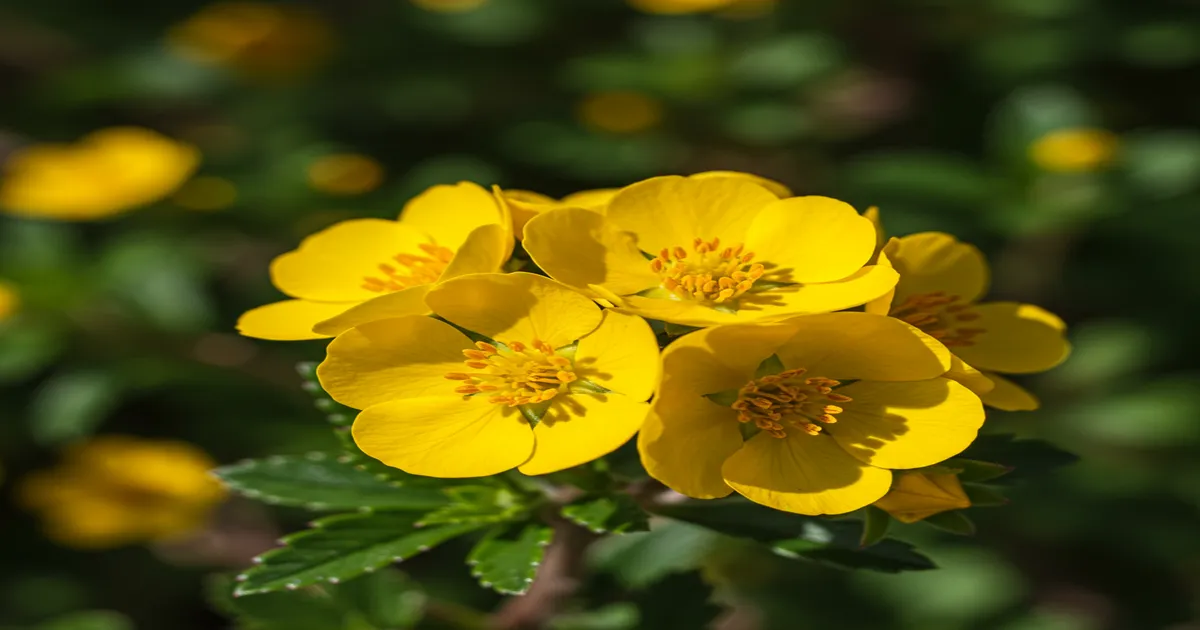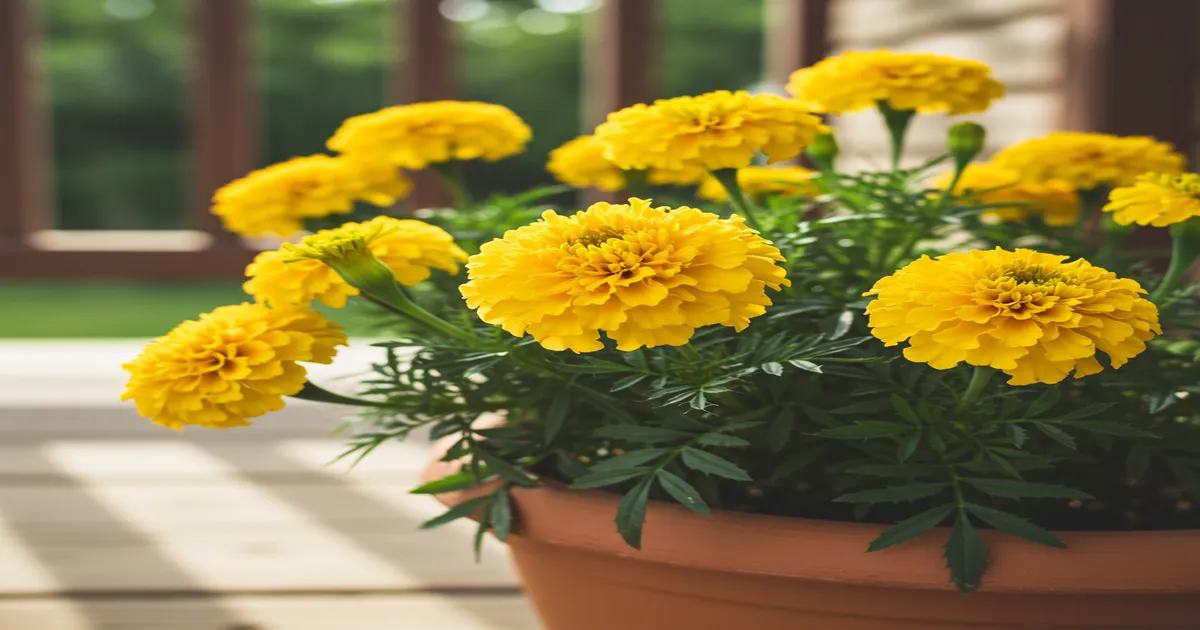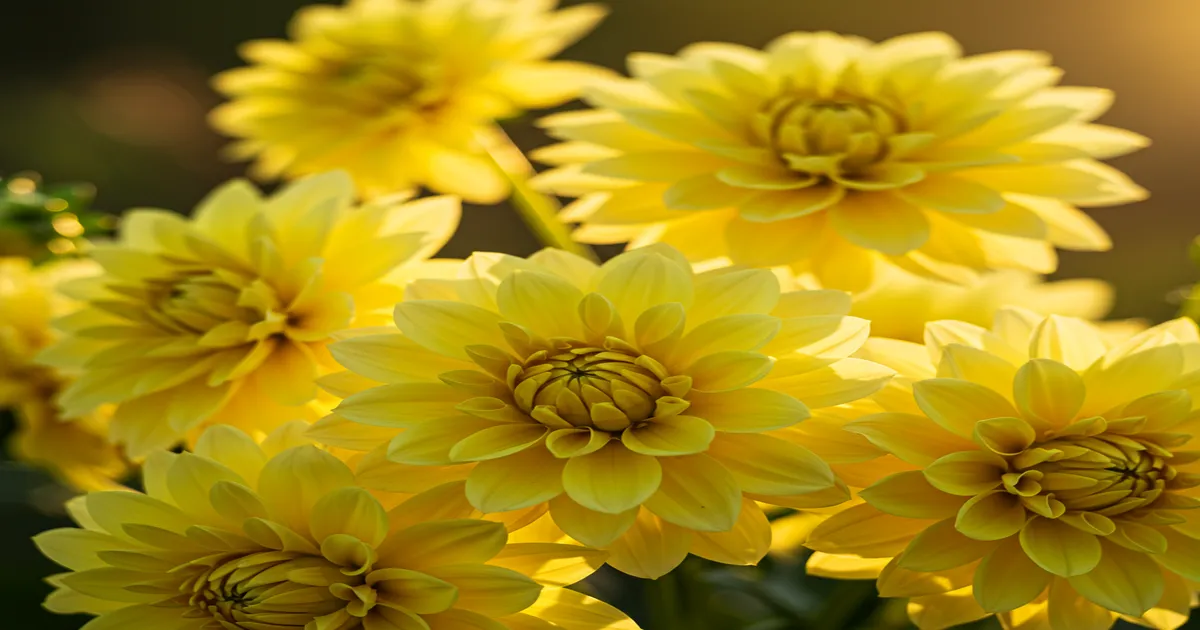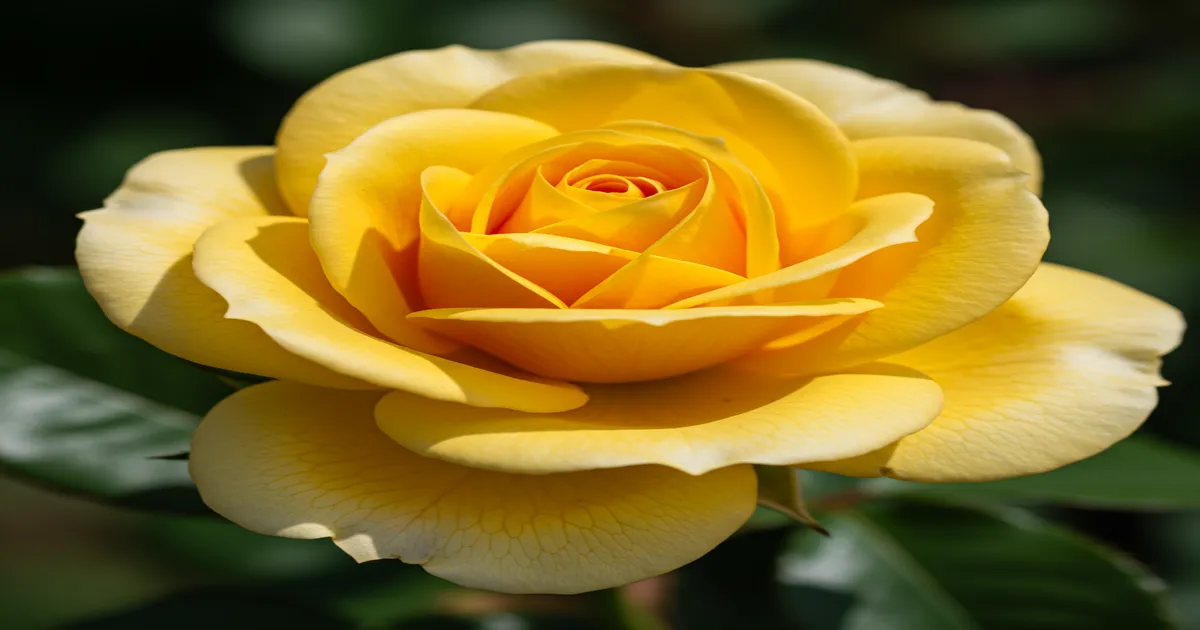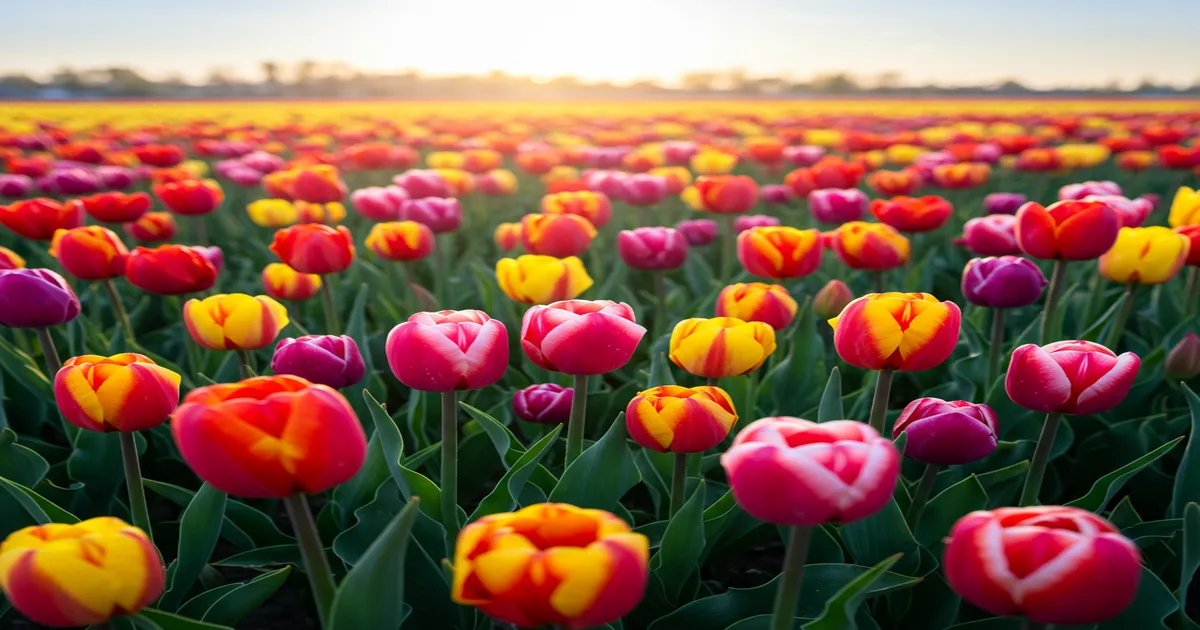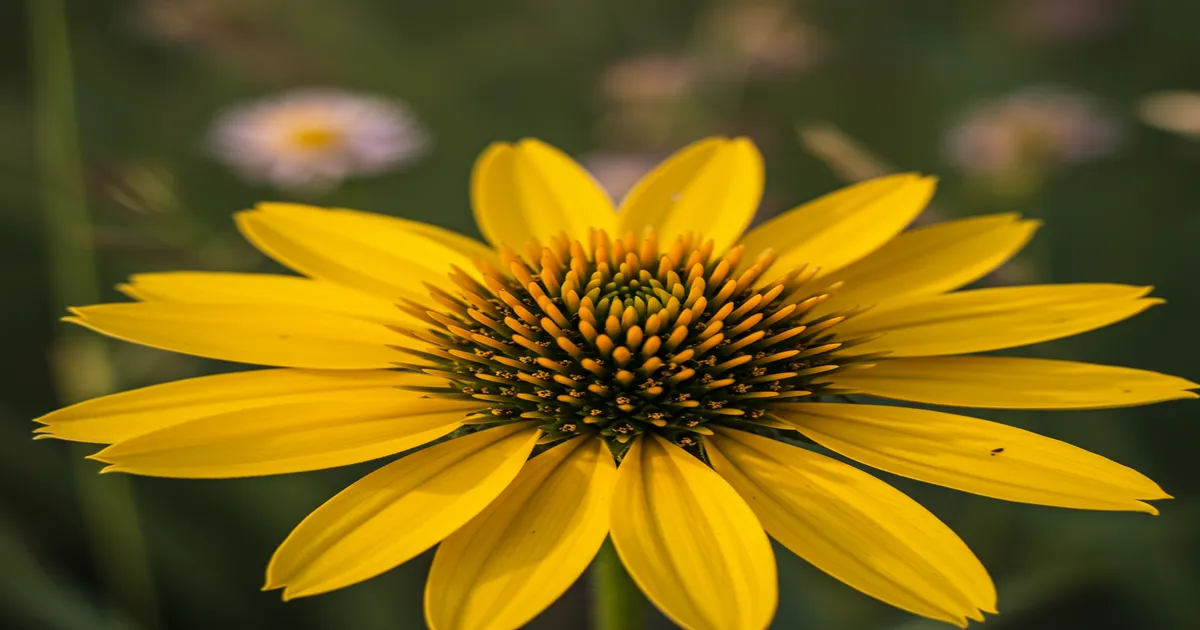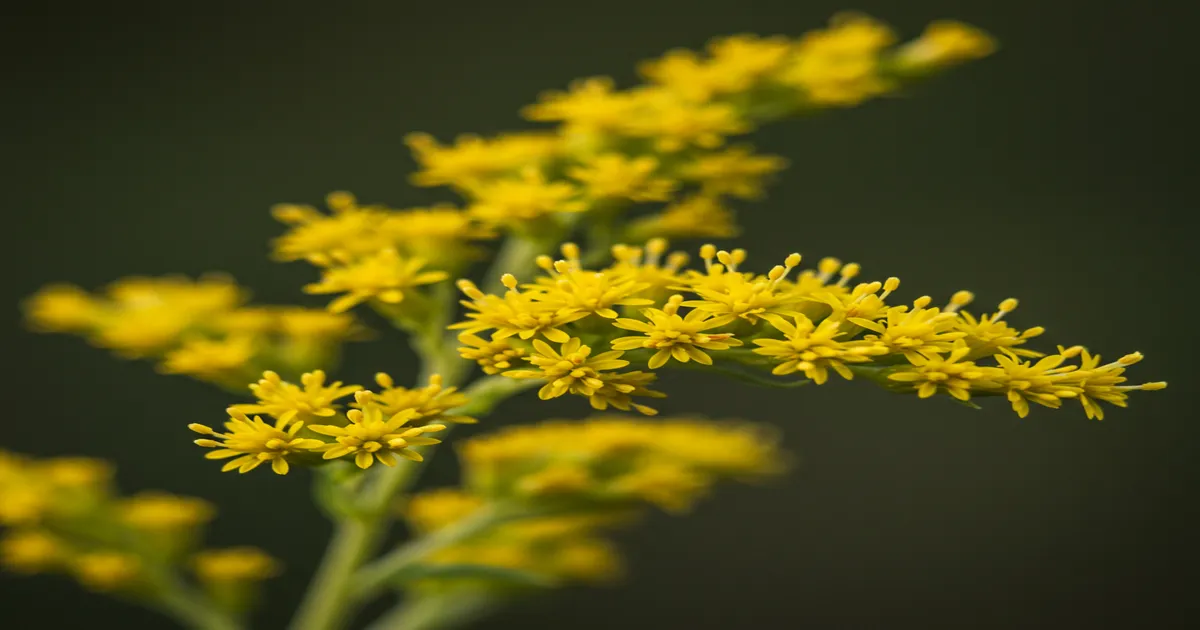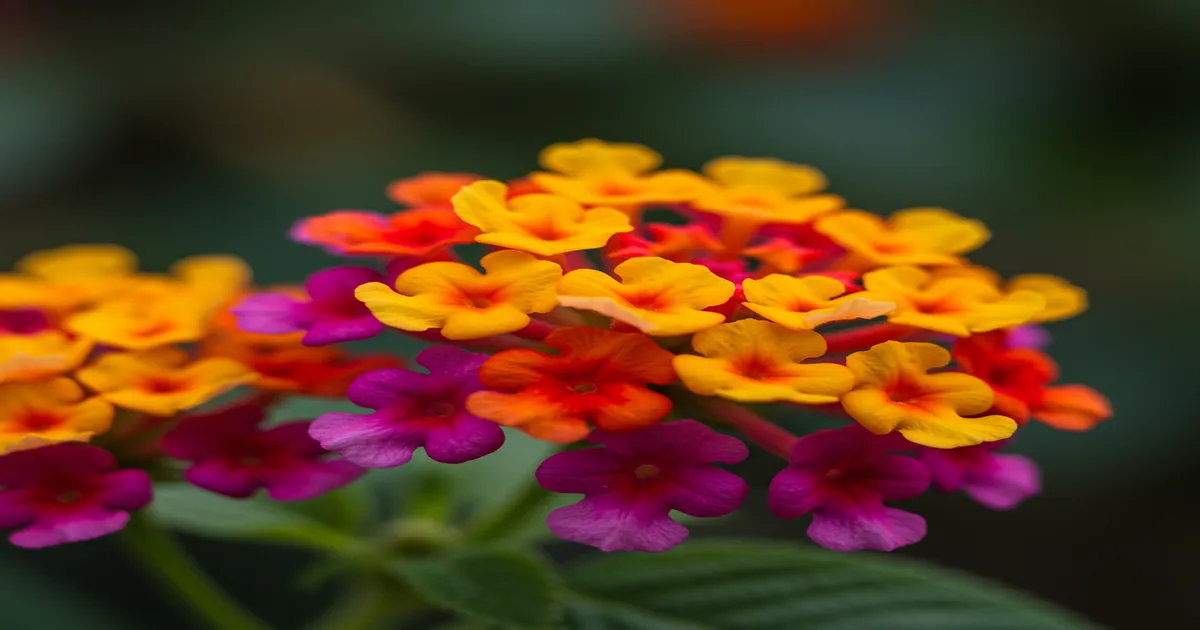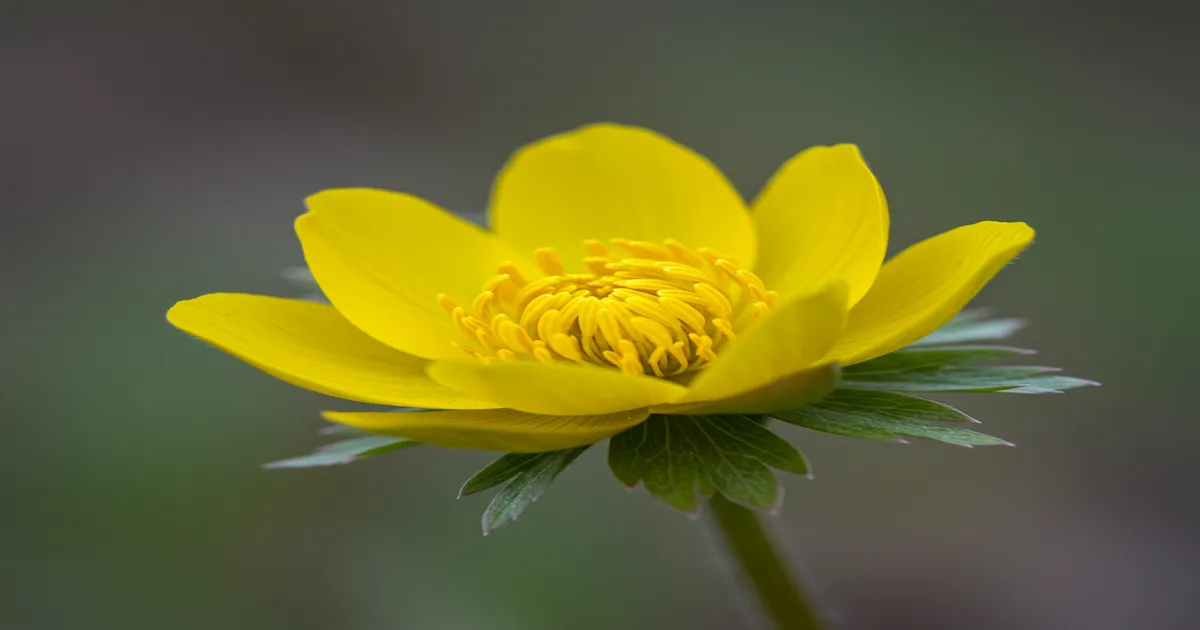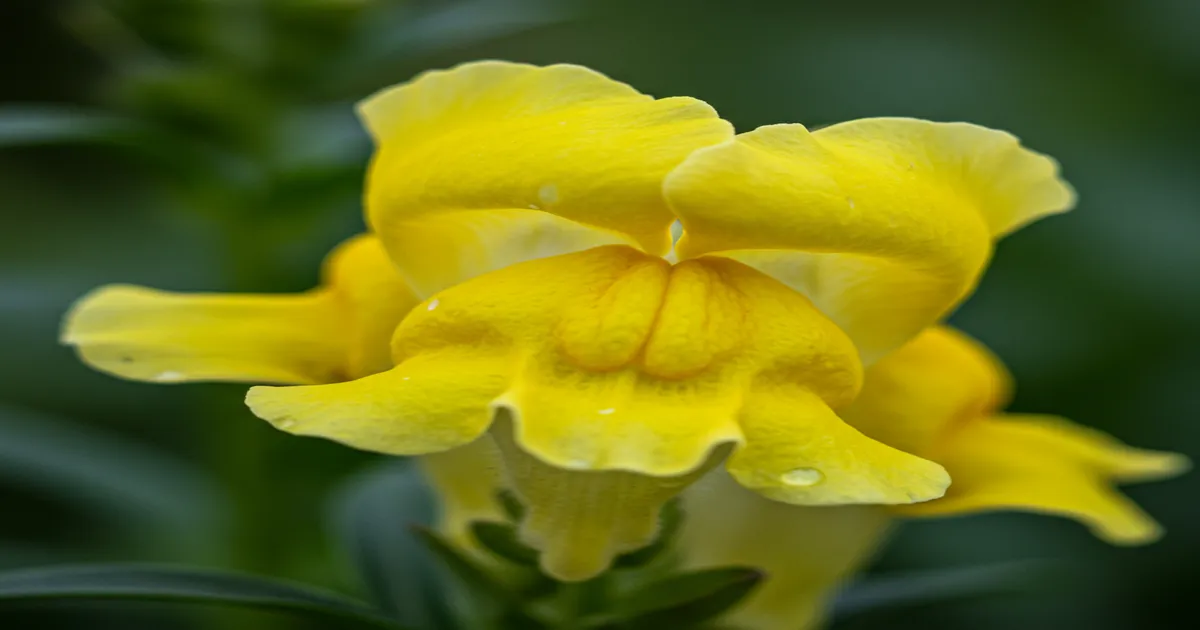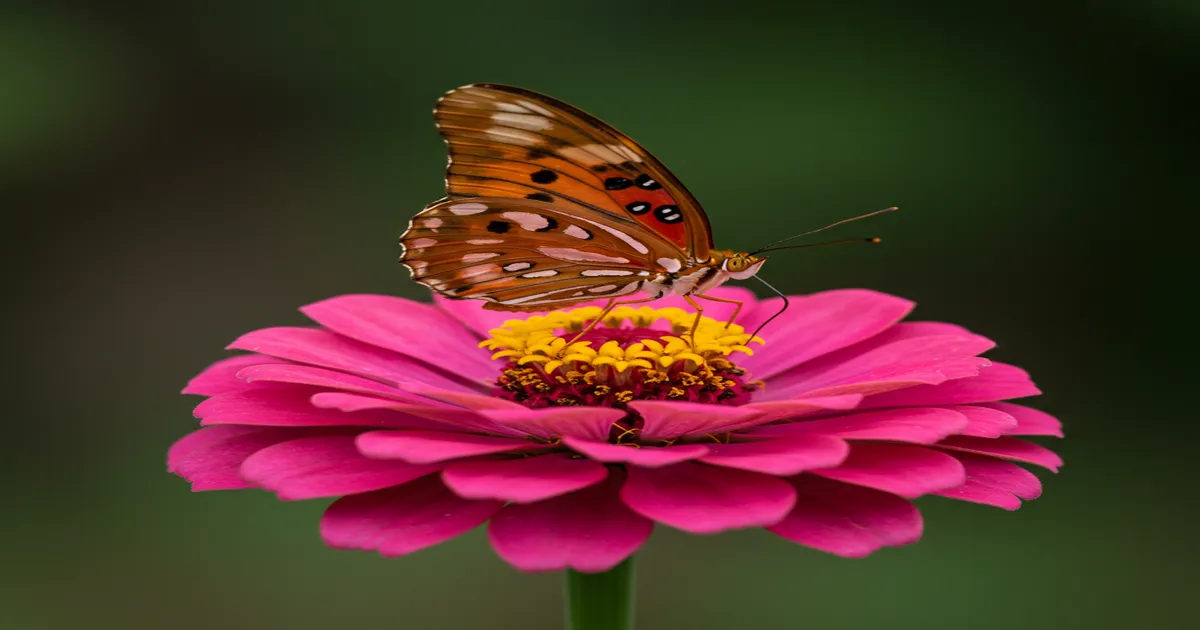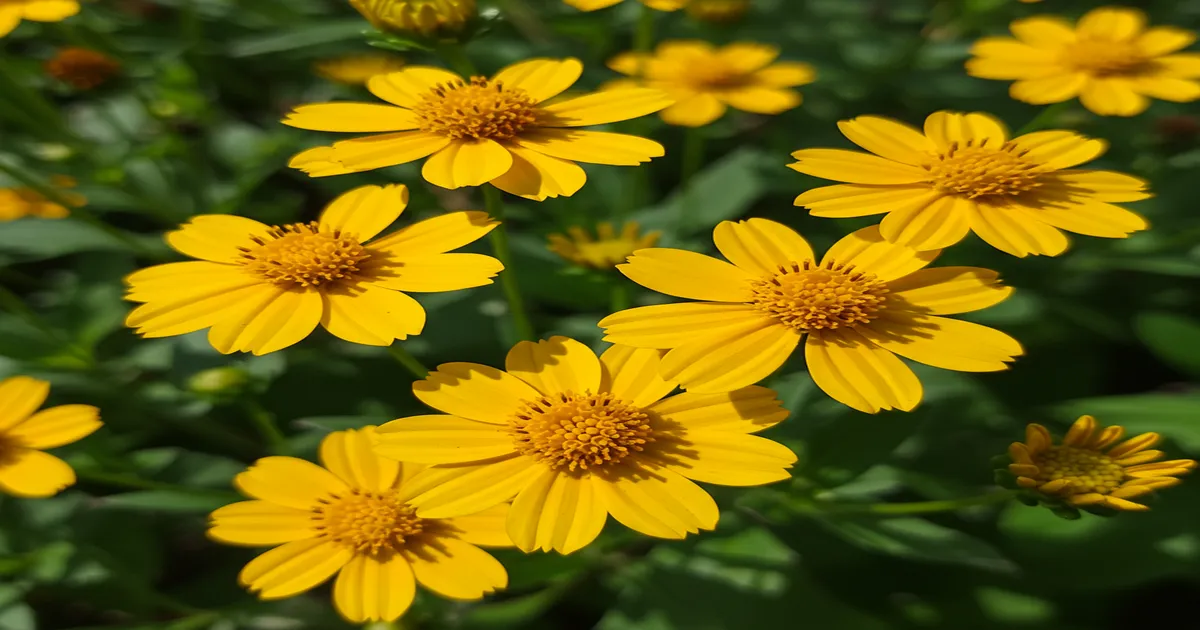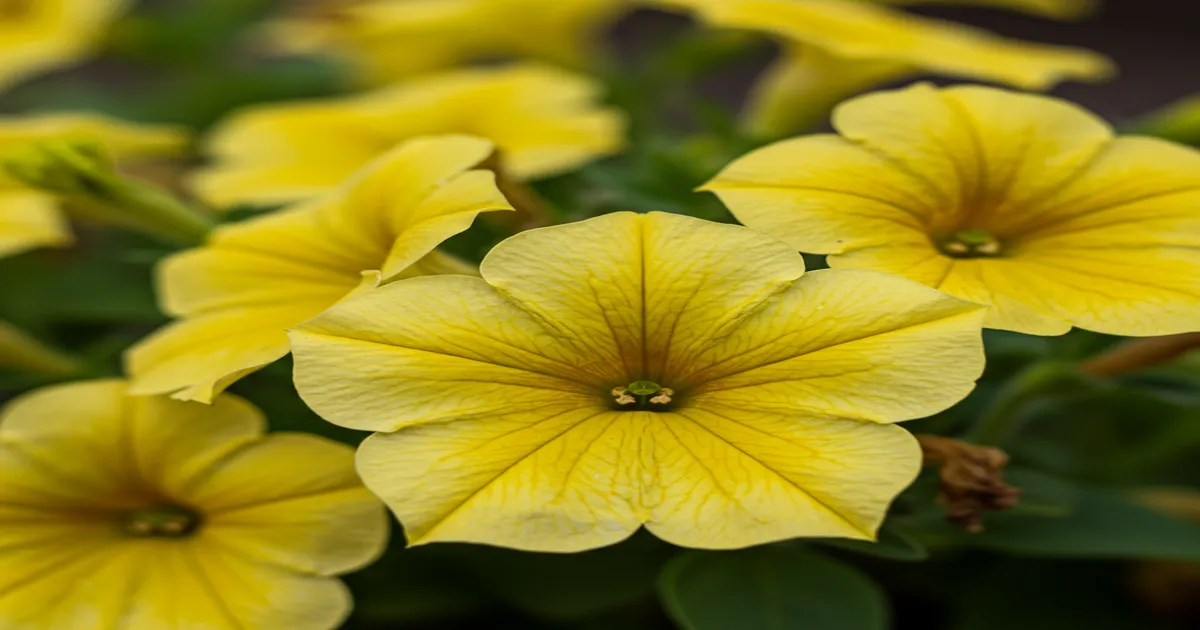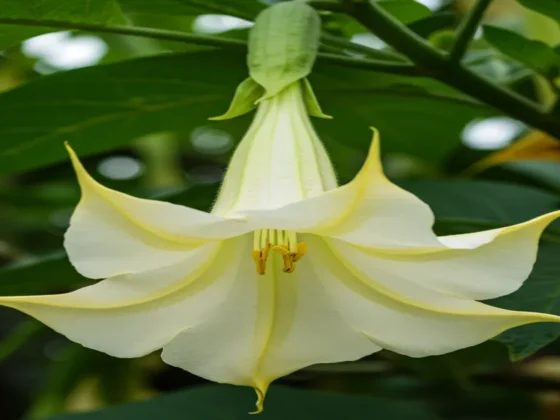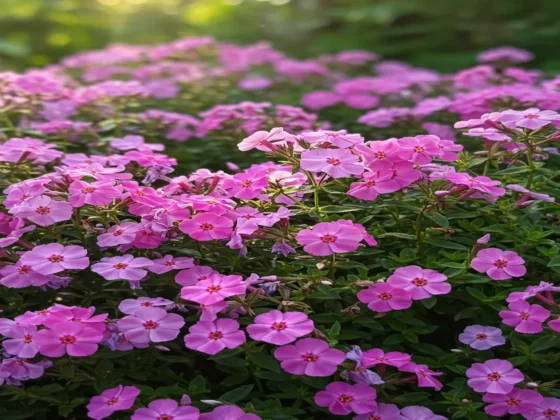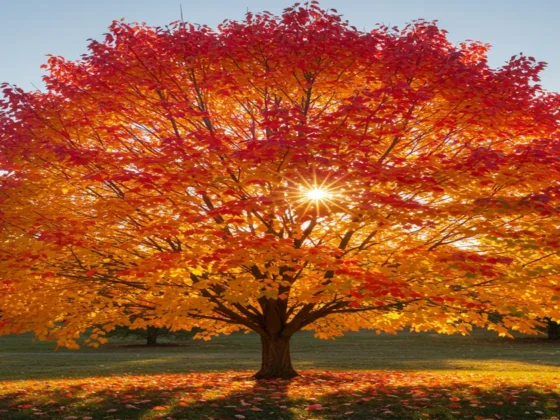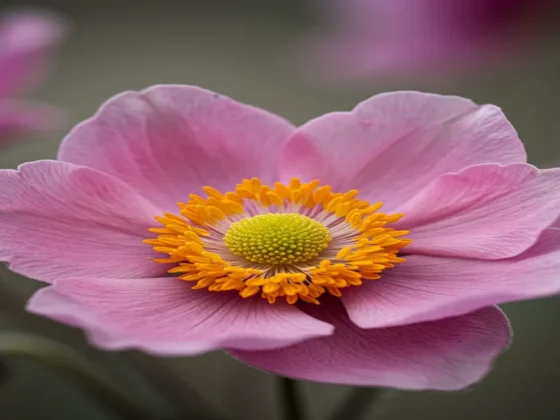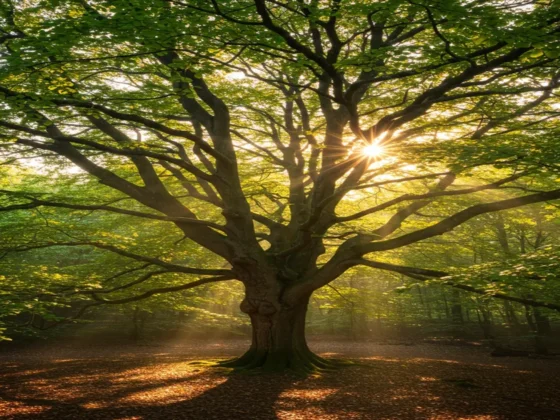Bright and colorful yellow flowers can enhance the beauty of any outdoor setting. Symbolically, yellow flowers are associated with feelings of happiness and joy.
Explore below to find different types of yellow flowers for your garden, along with tips on how to grow them including sunlight requirements and soil preferences.
Daffodils (Narcissus spp.)

The inclusion of daffodils (Narcissus spp.) is essential when discussing beautiful yellow flowers, especially since they often herald the arrival of spring in many regions. Daffodil bulbs have remarkable longevity, persisting for decades and even multiplying over time.
Daffodils thrive in most areas of the U.S., with the exception of certain coastal regions in the far South. They are sometimes allowed to grow naturally in lawns, forming patches of vibrant color in early spring before being overshadowed by turf grasses.
- USDA Growing Zones: 4–8
- Color Varieties: Yellow, white, pink, orange
- Sun Exposure: Full sun to part shade
- Soil Needs: Rich, moist
Golden Chain Tree (Laburnum × watereri)
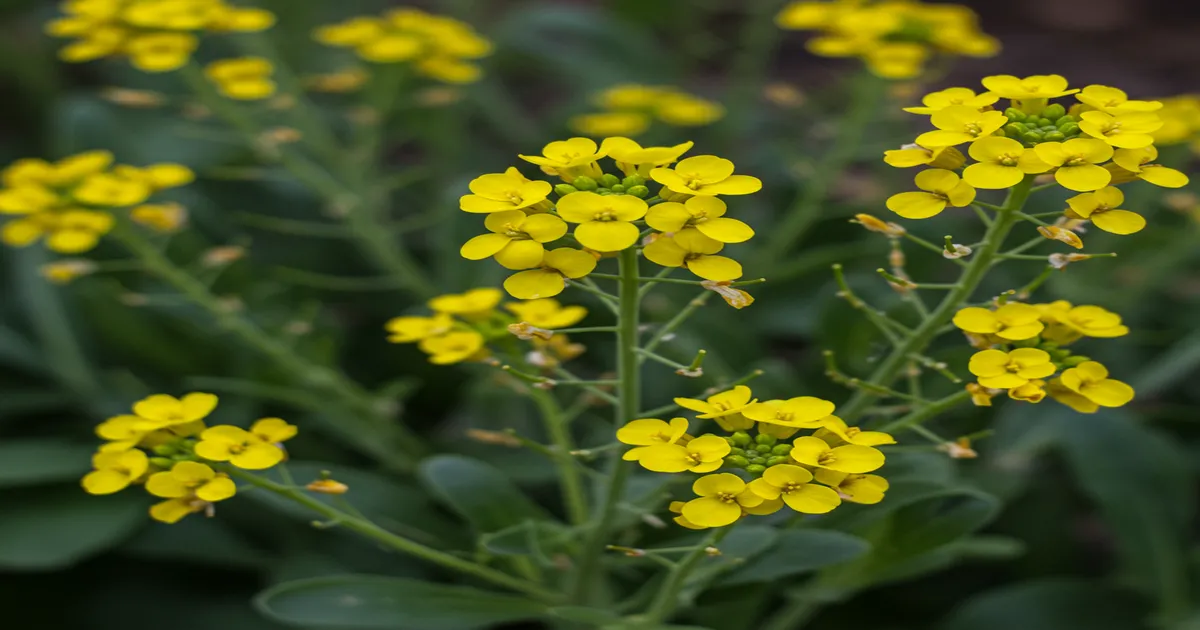
The Golden Chain Tree is a deciduous tree that can reach a height of 15 to 30 feet. It blooms with yellow flowers in late spring. The foliage of this tree is light green, and although it may not be very attractive at other times of the year, the drooping clusters of golden yellow blooms in spring are truly magnificent. It is one of the rare trees that produce yellow flowers. This plant tends to produce many suckers that should be promptly removed if you wish to maintain its tree-like appearance.
- USDA Growing Zones: 5–7
- Color Varieties: Golden yellow flowers
- Sun Exposure: Full sun to part shade
- Soil Needs: Medium moisture, rich, well-drained
Japanese Rose (Kerria japonica)
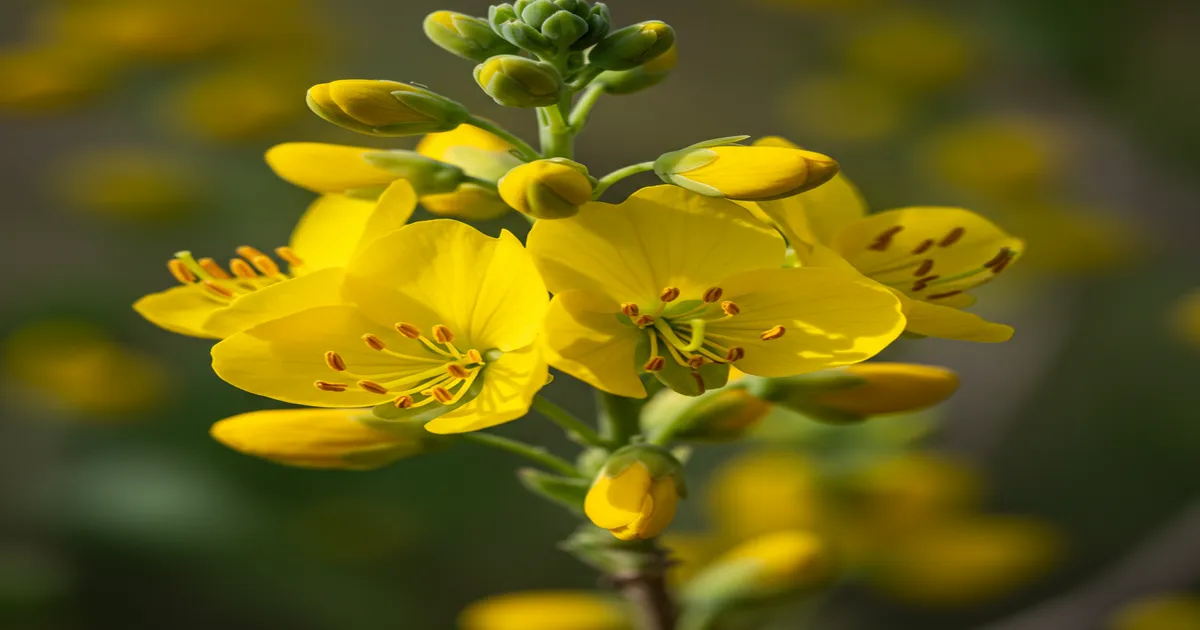
Kerria japonica, known as the Japanese rose, displays extended blooming periods, though they may be somewhat irregular. Its distinctive Kelly-green arching branches with a zig-zag pattern make it easily recognizable, especially when adorned with yellow chrysanthemum-like blooms in early spring.
This plant blooms on the previous year’s growth, so if pruning is necessary, it should be done right after the flowering season ends.
- USDA Growing Zones: 4–9
- Color Varieties: Yellow blooms; greenish-yellow bark
- Sun Exposure: Part shade
- Soil Needs: Medium moisture, well-drained
Forsythia (Forsythia spp.)
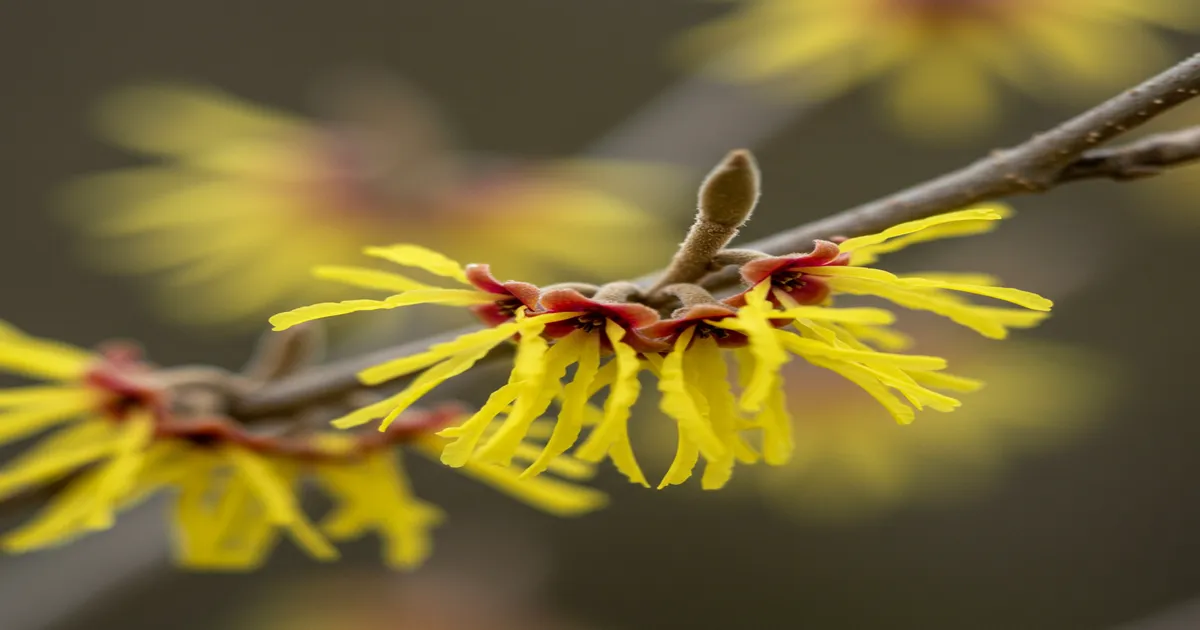
Forsythia is a deciduous shrub that symbolizes the arrival of spring in many areas. These shrubs can reach heights of 2 to 10 feet, depending on the variety, featuring upright arching stems adorned with yellow blossoms in early spring.
Similar to Kerria japonica shrubs, forsythia can expand gradually: as its branches come into contact with the ground, they develop roots. If you have a small garden, you will need to manage the growth of this plant.
- USDA Growing Zones: 5–9
- Color Varieties: Yellow
- Sun Exposure: Full sun to part shade
- Soil Needs: Loose, medium moisture, well-drained
Iris (Iris spp.)
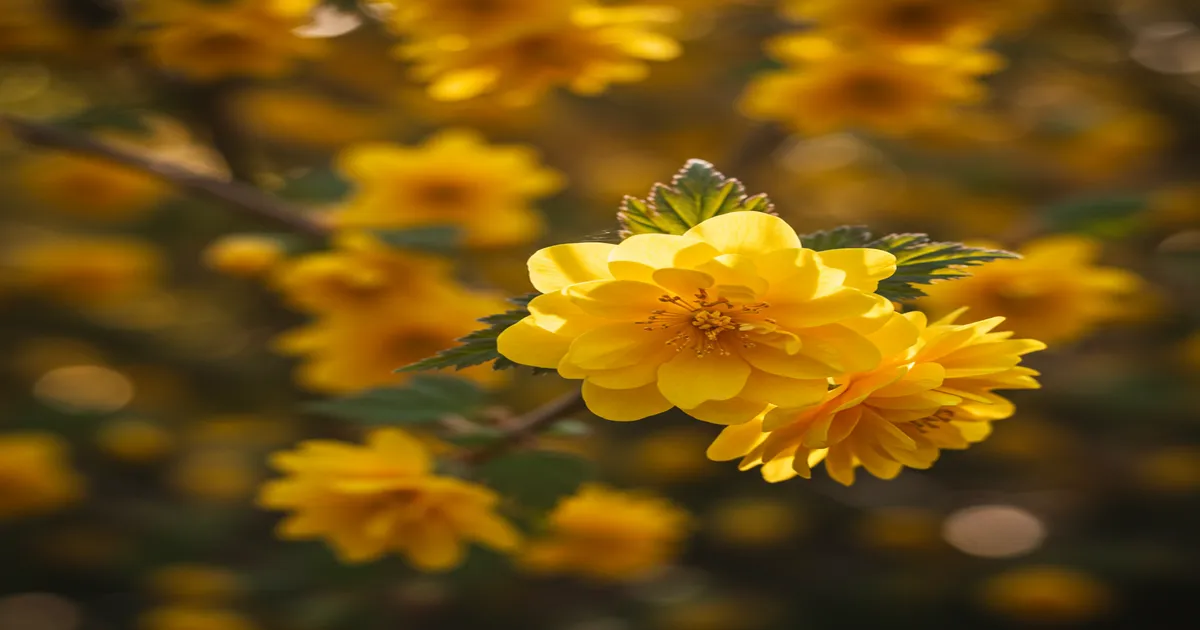
Different types of perennial irises such as bearded iris, Dutch iris, crested iris, Siberian iris, Japanese iris are available in cultivars with yellow blooms. The iris plant was named after the rainbow goddess of Greco-Roman myths, reflecting the vibrant flowers and wide range of colors in this plant genus. Irises have sharp sword-like leaves, with taller flower stalks emerging from them in early spring to early summer.
- USDA Growing Zones: 3–9
- Color Varieties: Yellow, blue, purple, lavender, white
- Sun Exposure: Full sun to part shade
- Soil Needs: Varies depending on the variety
Stella d’Oro Daylily
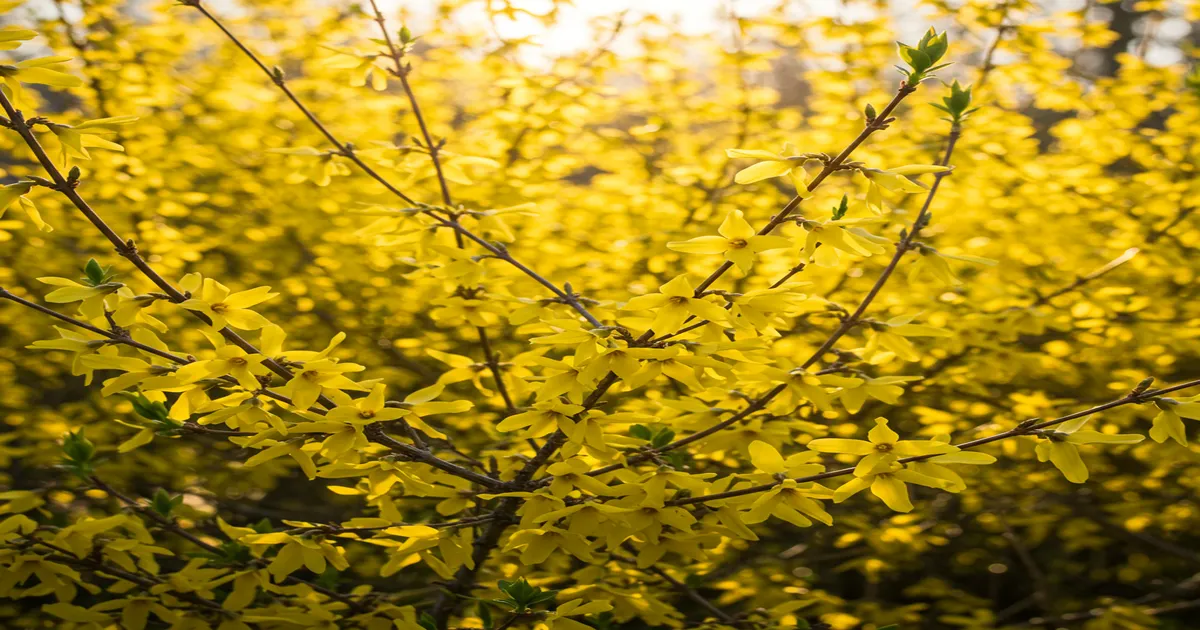
There are numerous yellow varieties of perennial daylilies (Hermerocallis spp.), but ‘Stella d’Oro’ stands out as a favorite due to its extended blooming period and ability to bloom repeatedly. While most daylilies produce blooms that last only a day, high-performing daylilies like ‘Stella’ produce an abundance of blooms, ensuring color in the garden for two to three weeks.
‘Stella’ is particularly prolific, flowering reliably from early summer to midsummer, and then again for a few weeks in late summer and early fall.
- USDA Growing Zones: 3–9
- Color Varieties: Golden yellow
- Sun Exposure: Full sun; tolerates some afternoon shade
- Soil Needs: Medium moisture, well-drained; tolerates poor soils
